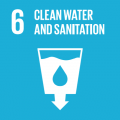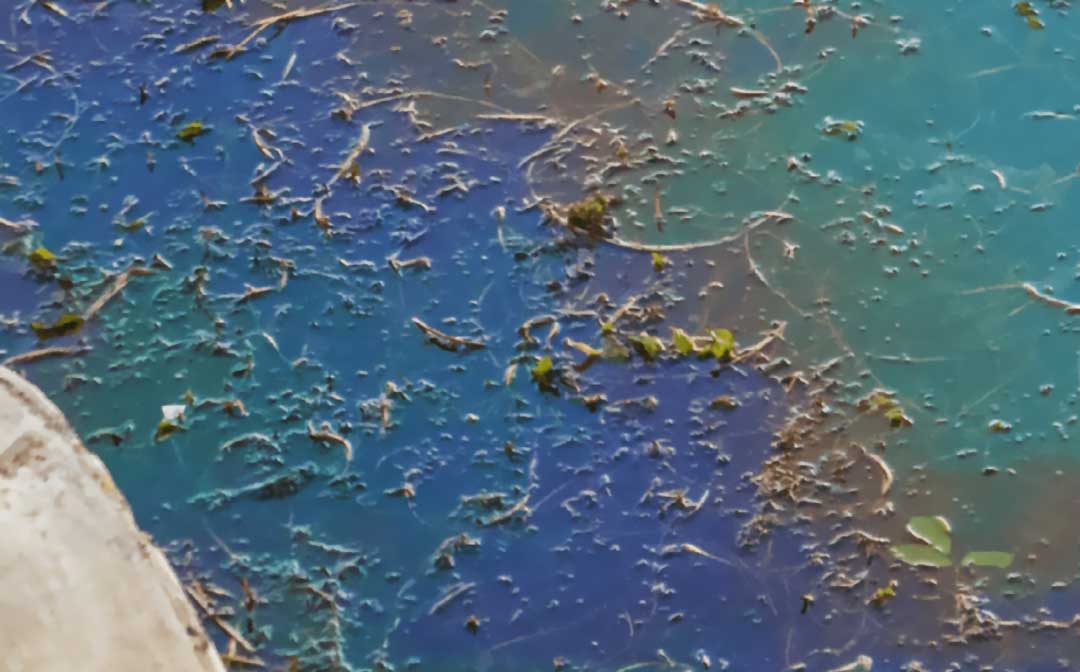Just like the famous line, ‘water, water everywhere and not a drop to drink’, in Samuel Taylor Coleridge’s poem, ‘The Rime of the Ancient Mariner’, water is around us but is often not clean or safe enough to drink. The lack of clean or safe water is a global problem, which, if unaddressed, will lead to an unsustainable future as the global population increases from 7.5 billion today to a predicted 9 billion by 2050.
The uneven distribution of water and the fact that only 3% of available water is freshwater has forced us to consider its effective usage. Of freshwater, only 1% is located in lakes and rivers which are directly available for people to use. Globally, 663 million people do not have access to clean water, and of this number approximately 553 million live in rural areas.
The issue of water quality is exacerbated by increased industrialisation and urbanisation, coupled with unsustainable production and consumption. Industrial activities, such as textile, sugarcane, leather and tanning, paper and pulp, and pharmaceuticals, are often established without proper wastewater treatment facilities, both wasting and contaminating freshwater sources.
Dyeing for fashion
A number of developments have been made in wastewater treatment, however, in many cases, these have not synchronised with industrial and agricultural advances. The practice of dumping untreated wastewater from textile dyeing is therefore continuing. My research aims to align the relationship between industrial and agricultural practices and wastewater treatment to eliminate water contamination and increase the practice of recycling the water used in these processes.
 Green chemistry
Green chemistry
The theme of my research is wastewater remediation, which refers to the removal of hazardous chemicals from water to make it suitable for people to use in their daily life. It is very important to re-use water to reduce wastage and water scarcity. There are a number of methods available to remove hazardous chemicals, such as chemical treatment, but adsorption using non-toxic adsorbents (where the hazardous chemicals adhere to the adsorbent material) is an effective and environmentally friendly method.
In my research group we are focusing on environmentally friendly methods, also called green methods, to produce mesoporous materials (those with pores between 2 and 50 nanometres) which will adsorb the textile dyes, chemicals, and any other organic pollutants in the wastewater to produce clean water. As part of our green methods approach, we will use other waste as a resource in this process, such as biomass, to generate carbon-based magnetic adsorbents. The magnetic core enables easy recovery of the pollutants from the wastewater, due to its mesoporous nature. These organic chemicals, such as dyes, are useful components which industries can use again. This model therefore reduces both water and chemical wastage.
A huge opportunity
While this water treatment system can be applied on a large scale, smaller, portable systems could also be designed for installation on a residential or community scale. The recycled water can be used for activities such as agriculture, irrigation, and toilet flushing, which avoids the use of freshwater for these activities and prioritises this resource for human consumption.
In low income countries where agricultural practices in large communities require great amounts of water, recycled water can be used to reduce freshwater wastage. This process would also prevent water being taken from natural habitats, such as forests and wetlands, and reduce the impact on the natural environment. Recycled water technology therefore has huge potential to unravel the scarcity of water in low income and higher income countries.





